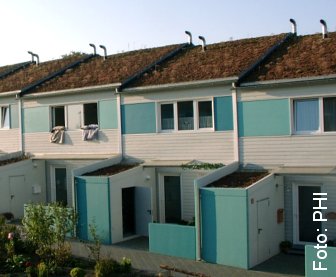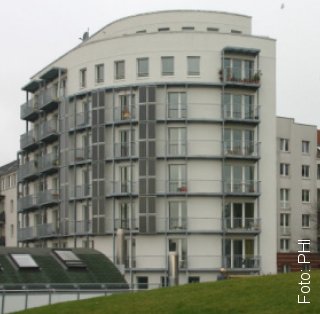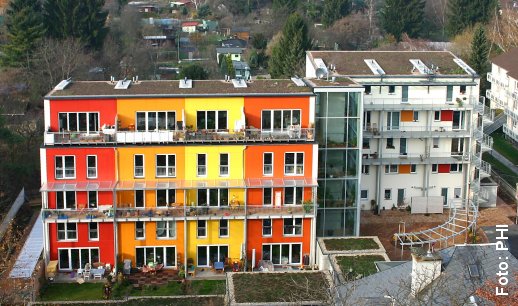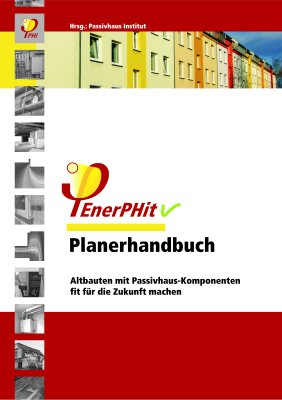Complete list of technical literature
Most of the technical literature and project reports in the following categories are available for downloading as PDF files. These are indicated with
![]() pdf. Distribution or reproduction of the contents is permitted provided the source is cited.
pdf. Distribution or reproduction of the contents is permitted provided the source is cited.
![]() Acrobat Reader will be required n order to open the PDF files.
Acrobat Reader will be required n order to open the PDF files.
Note regarding use of downloads:
By downloading and using the images, software and tools, you acknowledge these terms and conditions. Please read these carefully.




Please note that all publications listed, unless marked with (EN), are available in German only; the titles of these publications have been translated here for your information only.
The ![]() International Passive House Association (iPHA) is working to translate the most important findings into English and make them available through
International Passive House Association (iPHA) is working to translate the most important findings into English and make them available through ![]() Passipedia, the online Passive House resource.
Passipedia, the online Passive House resource.
| Next Courses |
PHPP Expert
Passive House Designer / Consultant
Construction Verifier
Site Supervisor
![]() read more
read more
e-learning
| Events |
iPHA Webinar "Project Spotlight: The CLT 8-floor ANMF hotel in Melbourne, Australia with heritage overlay." | November 12, 2025
![]() read more
read more
![]() Passive House Open Days |
Passive House Open Days |
7 - 9 November 2025
![]() read more
read more
![]() 24 - 25 April 2026, Essen, Germany
24 - 25 April 2026, Essen, Germany
![]() read more
read more
| Component Database |
 Passive House
Passive House
Component Database
read more
| Projects |
| New developments |
![]() designPH
designPH
read more
![]() NEW: PHPP 10 (2021)
NEW: PHPP 10 (2021)
read more
 Seals for Certified Passive House Components
Seals for Certified Passive House Components
read more
 Passive House Classes,
Passive House Classes,
Classic, Plus, Premium
read more
 EnerPHit -
EnerPHit -
PHI certification for retrofits
read more
 Wall plaque
Wall plaque
for certified Passive Houses
read more
| Press releases |
| Research & Literature |
![]() Passive Houses for different climate zones
Passive Houses for different climate zones
more
 Retrofits with Passive House components -
Retrofits with Passive House components -
EnerPHit Planner Handbook
(in German)
 Passive House Retail Stores now out
Passive House Retail Stores now out
Overview of contents
(in German)


